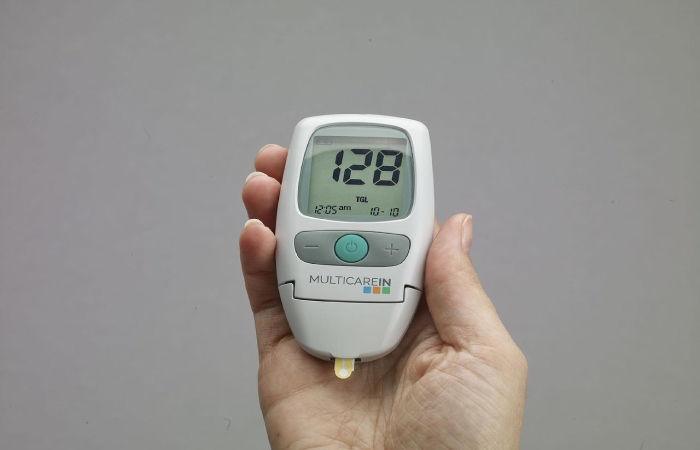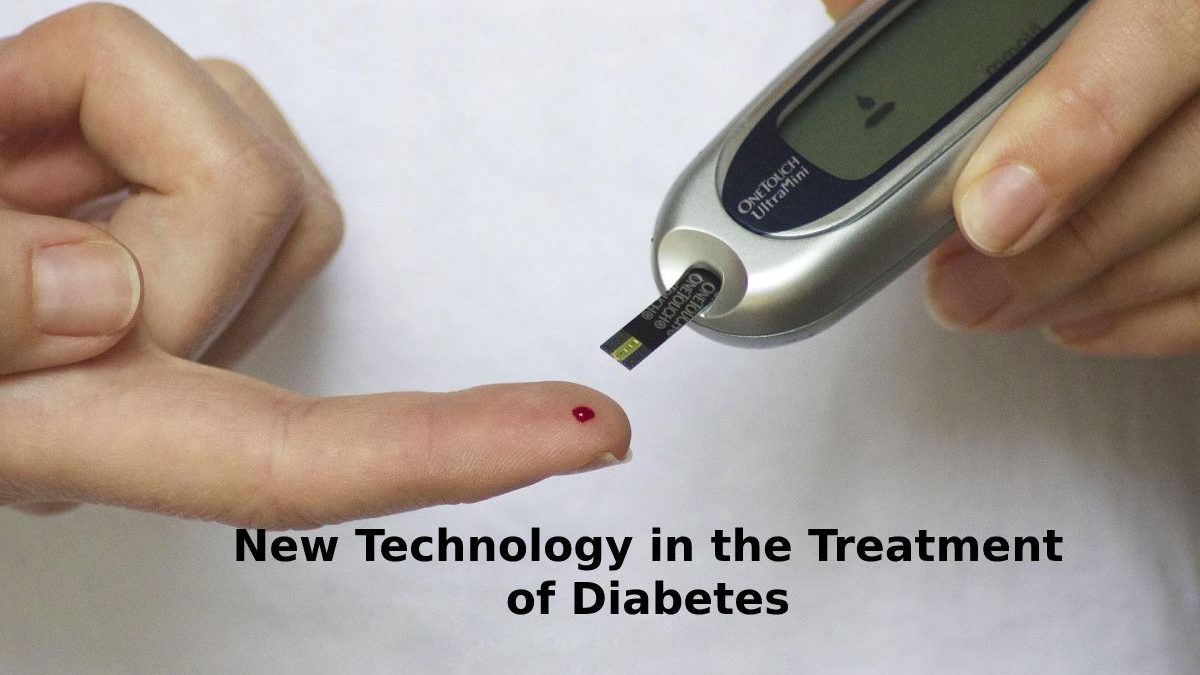Diabetes is one of the utmost common chronic diseases, and more and more people are joining the use of new technologies dedicated to the self-analysis and control of diabetes. Today, multiple tools facilitate both the generation and interpretation of the data necessary for its monitoring. One of its advantages is improving communication between patients and health professionals by frequently sending data.
The monitoring of diabetes can pose difficulties in the patient’s daily life. However, technological devices, such as glucose meters, continue to evolve to facilitate this monitoring.
Table of Contents
The International Diabetes Federation Differentiates 4 Types of Insulin
Fast-Acting
Several examples include Novorapid, Humalog, Apidra, Aspart, Glulisine, and Lispro. Once administered, they begin to exert their action after 10-15 minutes, reaching their maximum activity between 30-90 minutes and stopping working after 3-4 hours. Therefore, they should be administered just before meals to minimize the risk of hypoglycemia.
Short-Acting
These are also called regular insulins. Among them are Actrapid, Humulina Regular and Insuman Rapid. They begin their action at 30-60 minutes. Its maximum activity peak is 2-3 hours, disappearing at 5-7 hours. They are usually administered before meals, but because their action is not similar to the physiological functioning of the pancreas, they are used less and less.
Intermediate-Acting
These include Humulin NPH and Insulatard. It is usually used as basal insulin. It lasts between 10 and 13 hours. This begins to exert its action from the 1st or 2nd hour after its administration and reaches its maximum peak at 4-7 hours. They are usually administered together with short-acting insulins. Commonly three daily doses are needed.
Long-Acting
These include: Lantus, Levemir, Deglutec, Detemir, and Glargine. They start their effect after 2-3 hours. They peak activity at 6-7 hours and can last 24 hours (7-8).
Continuous Glucose Monitors (CGM)

They are devices that give blood glucose readings every so often (depending on the model). It is made up of several components; the CGM is a sensor, which is attached to a filament that is inserted into the skin at the interstitial level, and this sensor, in turn, sends the collected data, through a transmitter, to a monitor or receiver in the which people with diabetes can see their glucose concentration.
A guide needle is necessary to place these sensors where you want to put the CGM. Once this needle is inserted, the filament with the sensor is removed from the skin.
CGMs can be placed on the arm, side of the abdomen, or buttock, depending on what the manufacturer advises and the characteristics or taste of the person who sets it.
There are currently 3 Types of Continuous Glucose Monitors
Dexcom G5
This type of CGM has a monitor to see blood glucose in real time; this can be the insulin pump or a mobile phone. It can be associated with ISCI. Once the sensor is inserted subcutaneously at a 45º angle (the other sensors usually have a 90º tip), a minimum of 2 hours must pass before monitoring begins. From this point, it needs a calibration every 12 hours. This sensor needs to be changed every seven days. It can make glucose determinations every 5 minutes and calculate the trend of glucose concentration every 1, 3, 6, 12, and 24 hours. It is also equipped with a predictive alarm system in case of hyper/hypoglycemia.
Although the Dexcom G5 is the most widespread in its use, the G4 previously existed. They are both very similar. Their sensor is the same (weight, dimensions, days of use, etc.). The transmitter is very similar with only minimal differences (average life, a form of transmission of information, and capacity to store data).
Enlite Sensor
This sensor belongs to Medtronic, usually joining the insulin pumps of the same company Minim 640G and 670G. It has a monitor where you can see the glucose determinations it makes every 5 minutes. This can also be associated with ISCI. It is necessary to calibrate it at the beginning at two h, then at 8h, and finally every 12h. The sensor needs to be changed every 6 days, and monitoring begins 1-2 hours after being inserted. Calculates the blood glucose trend every 3-6-12-24 hours. It has alarms in the event of a tendency towards hyperglycemia or hypoglycemia, being able to stop the ISCI system in the event of hypoglycemia.
FreeStyle Libre (Abbott)
It can give the glucose concentration when the user requests it or once every minute. It is associated with a monitor. This has an advantage over the previous ones: it does not need calibration. The sensor begins to take measurements from the first hour after its installation, and it is not necessary to change it until 14 days. It can show the trend of blood glucose concentration in the last 8h, 24h, and 14 days. It does not have an alarm system, but it does report the glycemia trend on the monitor using arrows.
What are Insulin Pumps?
They are devices whose function is the administration of insulin continuously. It has a small size, similar to that of a mobile phone. They are made up of two components: an insulin infuser (a small computer that can be a programme to administer rapid-acting insulin 24 hours a day) and a plastic catheter inserted subcutaneously through which the insulin is infused. The insulin infuser comprises an insulin reservoir, several buttons, a battery, and a screen where you can see all the changes made regarding insulin dosage.
The operation of the pumps attempts to mimic pancreatic function through a basal-bolus regimen. It injects insulin 24 hours a day and during meals or in a situation of hyperglycemia, allowing it to administer boluses of insulin.
Artificial Pancreas
The artificial pancreas (AP), an automatic insulin infusion system or closed-loop system for glycemic control, is a technology under development through which insulin is administered to the person with DM I based on body glucose. In this way, an effort is made to recreate a blood insulin profile similar to that of pancreatic cells, to achieve glucose levels within acceptable ranges.
The artificial pancreas comprises three components a glucose sensor, a glucose pump, and a mathematical algorithm that determines the doses of insulin that must be administered at each moment. The glucose meter works continuously and sends an algorithm with the blood glucose figures. In addition, it automatically adjusts the amount of insulin to be administered through the pump previously introduced by the user.
The primary purpose of this device is to achieve maximum independence for the patient, who would only have to be in charge of maintaining the electromechanical infusion system.
Smart Insulin Patches
Bright insulin patches have been investigated mainly in recent years in the US. They are small, about 5cm, and can detect blood glucose concentration and subsequently administer the necessary amount of insulin.
Their structure is quite simple; they comprise a sheet with dozens of microneedles and some small blisters where the insulin that would administer is stored. Furthermore, the microneedles would form or contain different materials sensitive to glucose for the controlled release of insulin.
Conclusion
There are many different types of diabetes tech, like insulin pumps and continuous glucose monitors (CGM for short). When you hear your health care professional talking about diabetes technology, they’ll usually be referring to tech that helps you take insulin or tech to check your blood sugar levels.
Also Read: Healthy Life – Tips to Lead a Healthy Life

